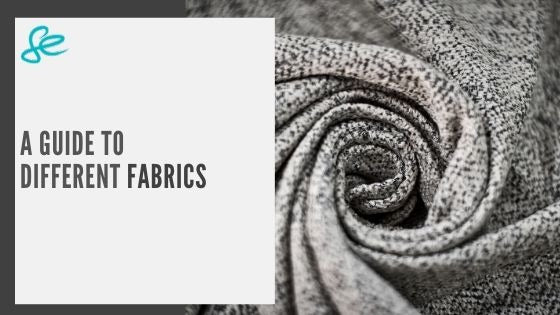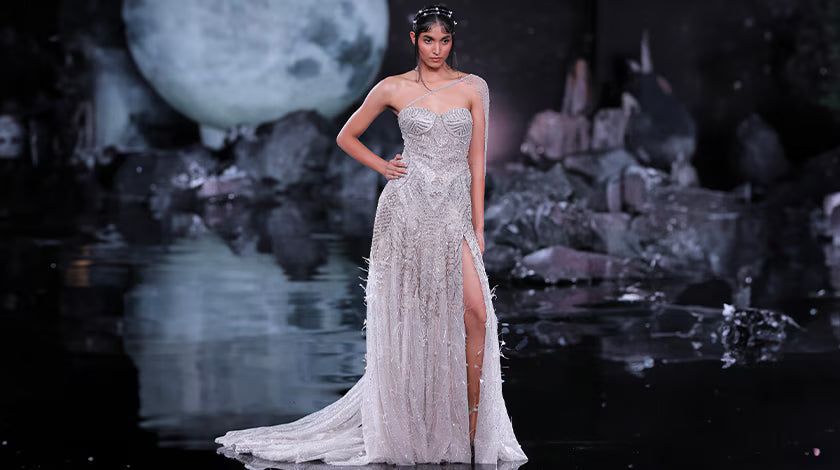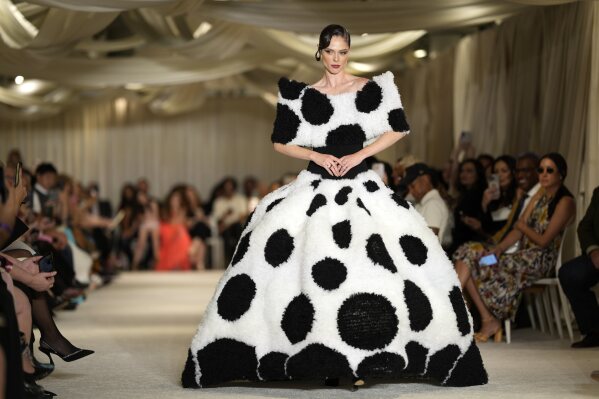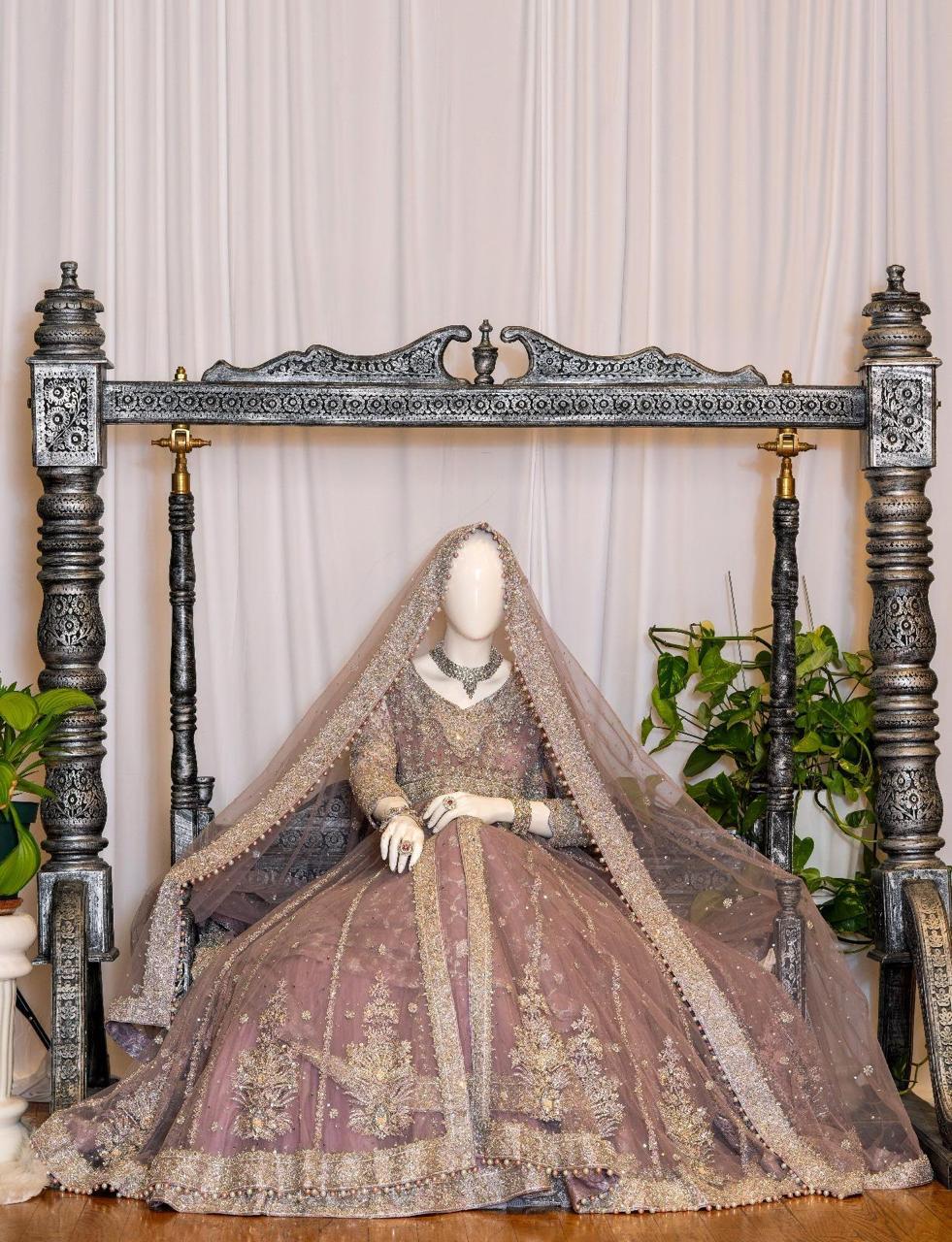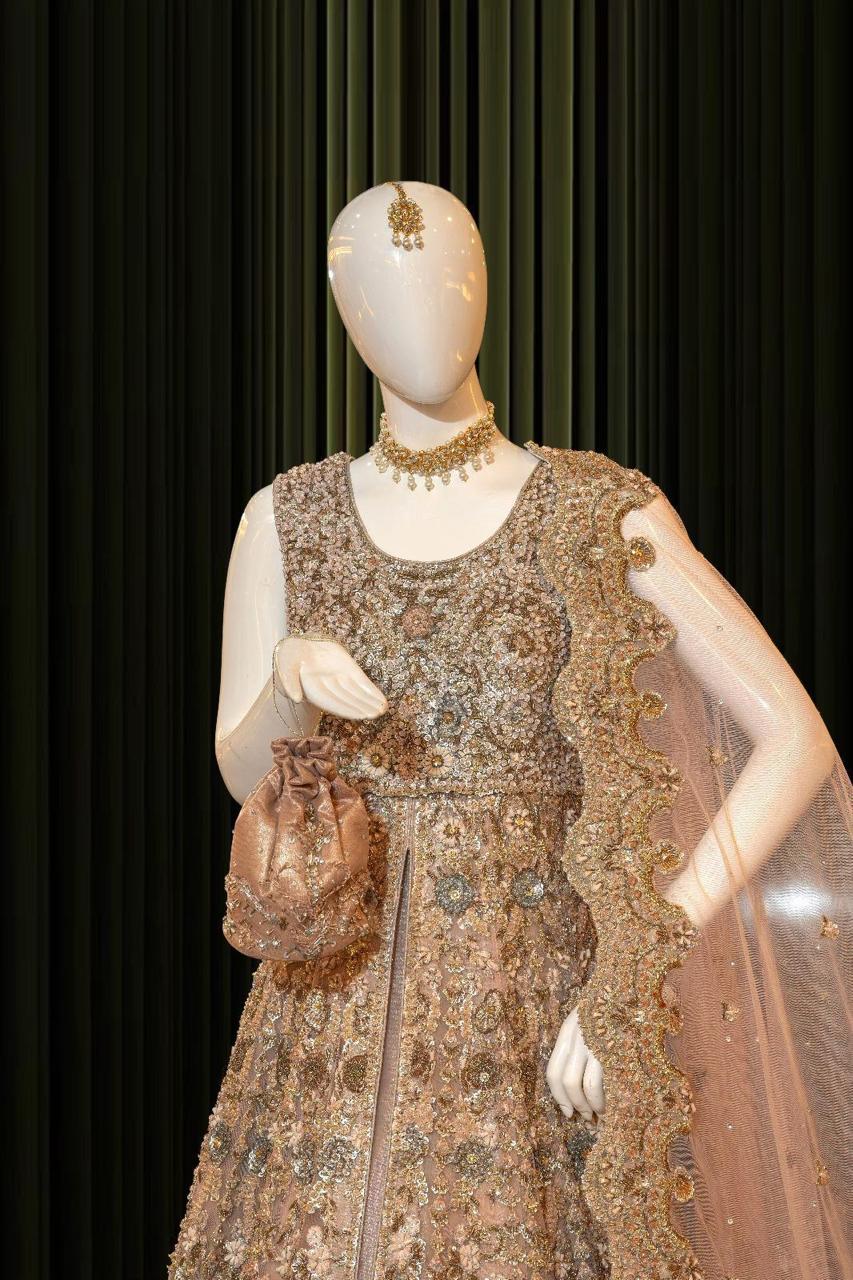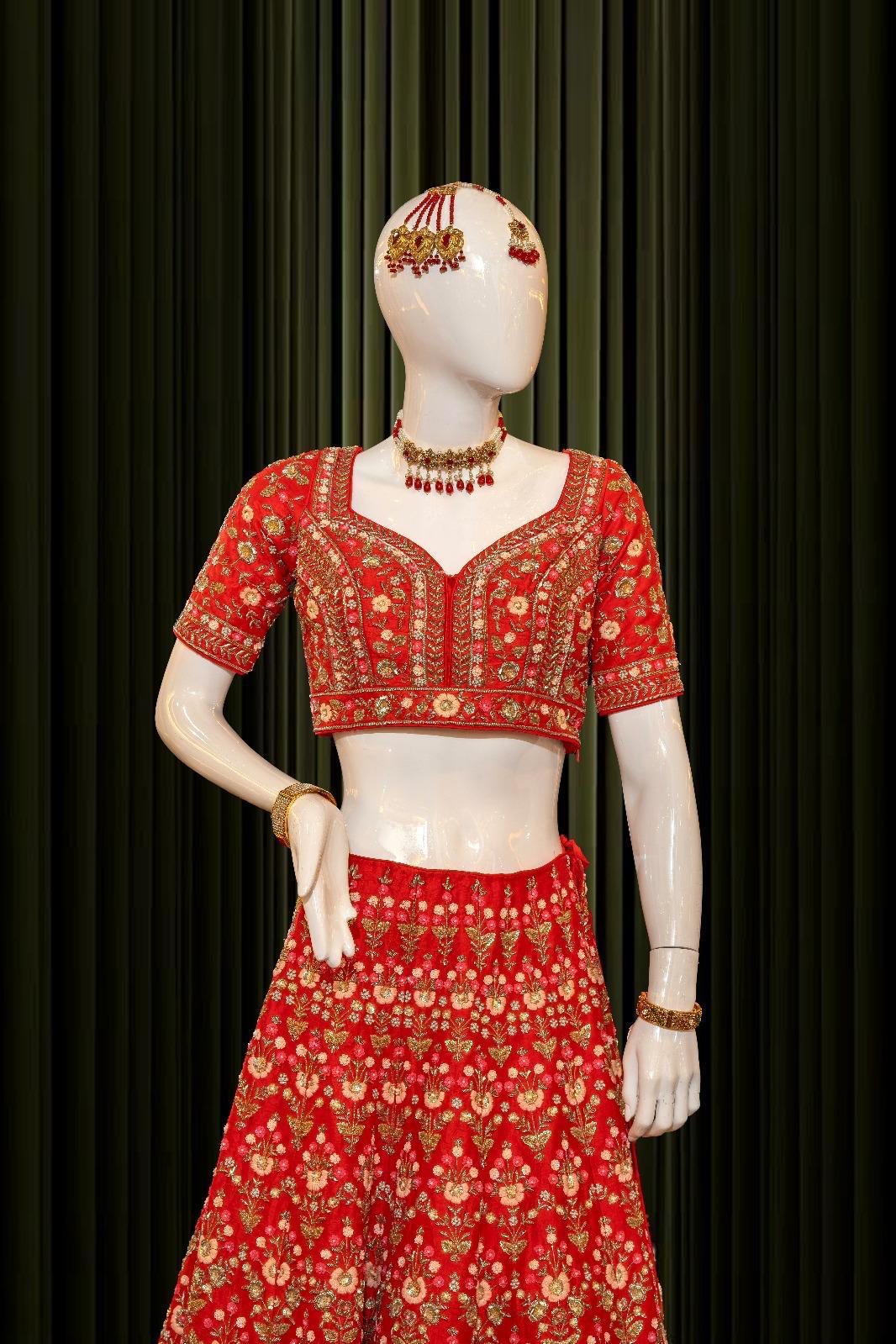Your shopping bag is empty
GUIDE TO DIFFERENT FABRIC
- Posted by: Zohaib Khan
- Comments: 0
- Categories: Latest
- Tags:
Fabric and textiles usually refer to the same thing. This is a soft material that’s produced by forming a bond of natural or synthetic fibers. However, there is a slight difference between the two terms. While a textile refers to a material made of interlacing fibers, fabric refers to a cloth made by knitting, weaving, or other forms of bonding so this material is further used to produce Asian clothing garments by clothing brands. In prehistoric times, humans managed to make dyed fabrics to make clothes that show status, protect from the changes in the weather, or used them as a means to express their creativity in clothing brands. During the past, and equipped by science and expertise, man has succeeded in creating more versatile and durable versions that can be used to suit all tastes and purposes according to Asian clothing..
COTTON
Cotton is a super popular type of fabric of most clothing brands for good reason as it's soft, versatile, durable (when high-quality), and comparatively affordable according to Asian clothing. The most outstanding feature quality of cotton is its staple period, i.e. the length of the single fibers the fabric consists of. Fabric made from long cotton fibers is generally considered to be of higher quality by clothing brands than fabrics obtained from smaller fibers.
SILK
Silk is another popular fabric made of the fibers in clothing brands from the cocoon of the silkworm. It’s remarkably soft and has a sheen to it so it’s widely used in expensive garments that have some movement. Other types of animal fibers combine camel hair, llama wool, and sea silk in Asian clothing. Animal-based materials are more costly than other materials and originally used to produce high-end clothing apparel according to clothing brands..
WOOL
The quality of wool can generally be determined by the diameter and the quality of the individual wool fibers that make up the fabric according to Asian clothing. These, clothing brands, depending on the breed of animals that produced them, their diet and stress levels, and how the fibers were examined during the manufacturing process for clothing brands. The diameter of a wool fiber is measured in microns. Wool fibers that are finer than 25-30 microns are typically utilized for garments, while thicker, more granular fibers are used for things like outerwear, blankets, or rugs. Finer wool grades are normally more costly than coarser wool fibers because they are softer and trickier to manufacture according to Asian clothing..
LEATHER
Leather is not technically a fabric but a material for clothing brands. The kind of leather production essentially depends on what type of texture it has. Leather is usually observed as the highest-quality type and refers to leather that has not been sanded, polished, or fixed to retain the skin’s natural fiber strength and durability according to Asian clothing. Top-grain also called improved grain and split-grain leather have been more heavily treated as the top layer of the skin is usually removed, and are consequently not as strong as full-grain leather, and also won’t recognize that coveted original of high-quality leather over the period. One way to check whether a leather item was made from full-grain leather is to look exactly at the tiny grains on the fabric for clothing brands. Do they look natural or printed? As leather includes all the natural blemishes from the animal it originated from. Clothing brand that use corrected leather will sometimes publish marks back on to the sanded calfskin, to add authenticity.
When it comes to choosing fabric from any clothing brand, there are more determinants to think other than the price according to Asian clothing. There is a big distinction between the best fabrics obtainable that you can search with. Do the analysis and pick a material that suits your needs with the best clothing brands.

